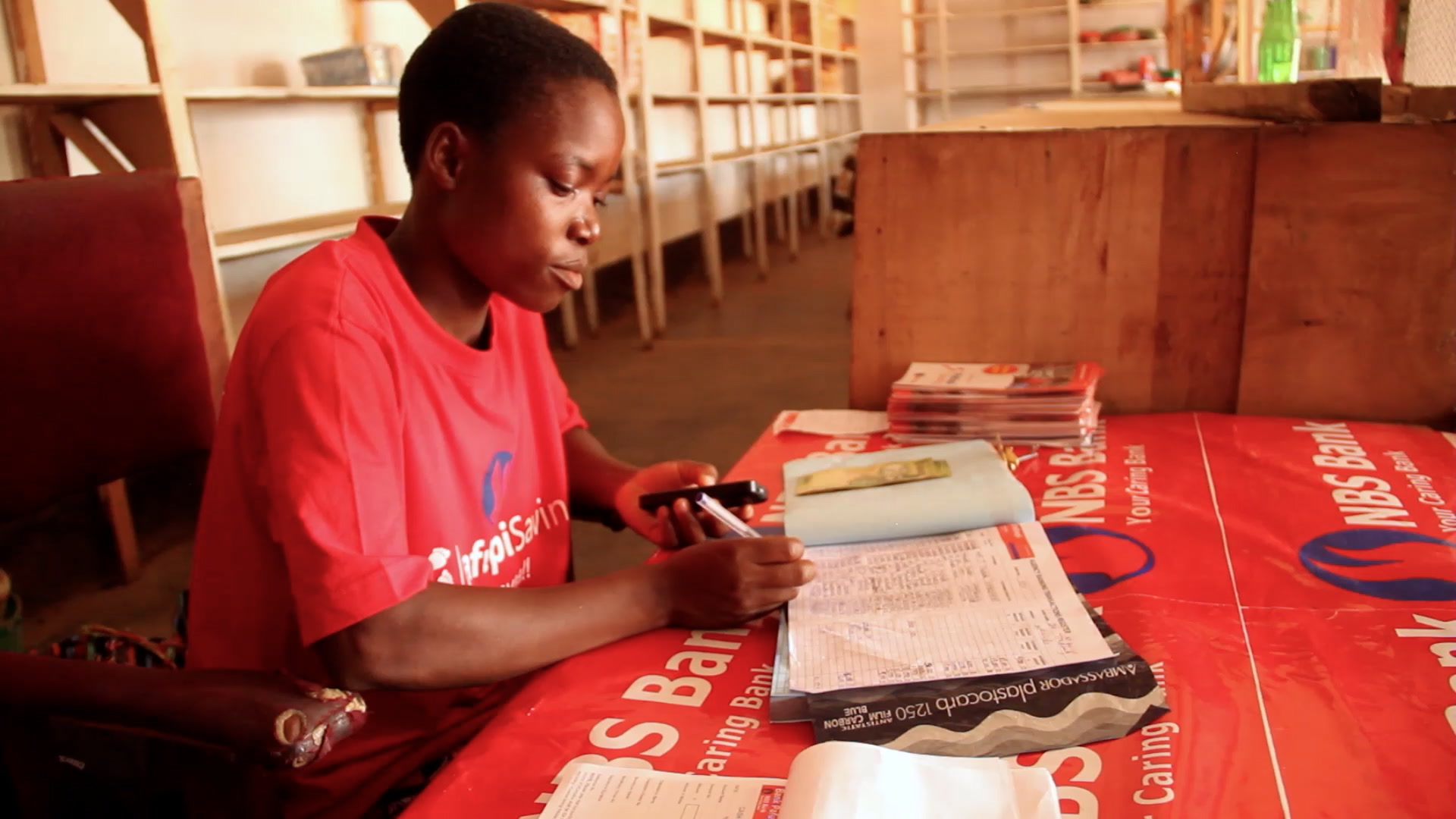India – saving for growth


Get involved with our crowdsourced digital platform to deliver impact at scale
Stay up to date:
Banking and Capital Markets
The biggest concern for us in India is the recent sharp slowdown in the economy: GDP growth was 5.5% in the first quarter of the 2013 fiscal year, the lowest figure for a decade.
Meanwhile, as the government tries to restructure the economy, domestic savings have shrunk from a high of 36.8% in 2007-2008 to 30.4% in 2011-2012. This decline will hurt growth.
While the New Manufacturing Policy announced by the government is expected to boost manufacturing industries, and the slew of recent reform measures is likely to shore up sentiment and growth, we need to focus on reviving financial savings and bank deposits to support growth.
After all, if we look at countries such as China and Brazil, we see that their growth has been supported by a strong domestic banking sector.
To support credit growth, we need not only to increase financial savings in the economy but also ensure a robust growth in bank deposits.
However, the current economic slowdown has affected business growth in the banking sector, as reflected in September’s figures. Growth in bank deposits slowed to 13.7% year-on-year, compared with 17.5% a year ago, while growth in bank credit slowed sharply to 16.4% year-on-year, compared with 19.5% last year.
Today, a high proportion of household financial assets is held in cash (about 12% of total financial assets in the 2012 fiscal year, equivalent to 1.1 trillion rupees). This suggests there is scope to attract resources outside the banking system.
With the right policies bank deposits can become an alternative to cash. To attract these funds into the banking system, we suggest reducing the minimum tenure for deposits from seven to three days to make the market more liquid and to give holders of idle cash to chance to earn interest.
Another way to expand financial savings is to incentivize households to move away from gold. Despite a 17% fall in gold consumption in the 2012 fiscal year, India remained the largest consumer of gold in the world (about 26% of total supply).
Over the past decade, India had an annual average growth rate of 29% in gold consumption, and 18% in the gold price, far outpacing the country’s real GDP growth and inflation. If we could convert even 50% of household savings held in gold into financial savings, GDP could grow by an additional 1% at least.
However, the banking industry needs to become more efficient, so that depositors can be given a higher rate of return and borrowers be charged less.
For this we need to address one of the last remaining systemic inefficiencies which has added to the cost base and resulted in a tax on banks and, by implication, a tax on borrowers: the cash reserve ratio (CRR).
In the past, high pre-emptions – the right to purchase land – actually retarded growth, and it was only after financial sector reforms were introduced in 1991, and pre-emptions gradually brought down, that GDP growth has moved into a high-growth trajectory, with banks helping to add more refining capacity and green-field airports.
Banks have also indirectly funded the government by backing of the Airports Authority of India and a large number of government companies and contractors in the infrastructure sector.
But for this model of financing, we believe that infrastructure development in the country would have lagged even further.
The cut in CRR reduces bank funding costs, thereby enabling them to lend at lower rates. For instance, the State Bank of India immediately passed on the full 25 basis points cut to CRR on 22 September 2012, thereby bringing down the base rate by 25 basis points.
The reduction at the retail level saw a spurt in demand for home loans and car loans. For most citizens who have taken home loans, the monthly repayments form a large part of family expenditure, sometimes even larger than the food expenditure, so any reduction must be a welcome relief to household budgets.
In summary, the declining trend in savings needs to be reversed immediately. Domestic financial savings need to be channelled into bank deposits to encourage productive lending.
Banks have an important role to play in ensuring the stability and sustained growth of the economy.
Author: Pratip Chaudhuri is chairman of the State Bank of India, a Foundation Member of the World Economic Forum.
Image: Man holds six large bundles of Rupee bank notes. REUTERS/Jayanta Dey
Don't miss any update on this topic
Create a free account and access your personalized content collection with our latest publications and analyses.
License and Republishing
World Economic Forum articles may be republished in accordance with the Creative Commons Attribution-NonCommercial-NoDerivatives 4.0 International Public License, and in accordance with our Terms of Use.
The views expressed in this article are those of the author alone and not the World Economic Forum.
Related topics:
The Agenda Weekly
A weekly update of the most important issues driving the global agenda
You can unsubscribe at any time using the link in our emails. For more details, review our privacy policy.
More on Banking and Capital MarketsSee all
Efrem Garlando
April 16, 2024
John Hope Bryant
April 11, 2024
Alexandre Raffoul and Kai Keller
April 10, 2024
Alex Edmans
April 4, 2024
Victoria Masterson
March 28, 2024






